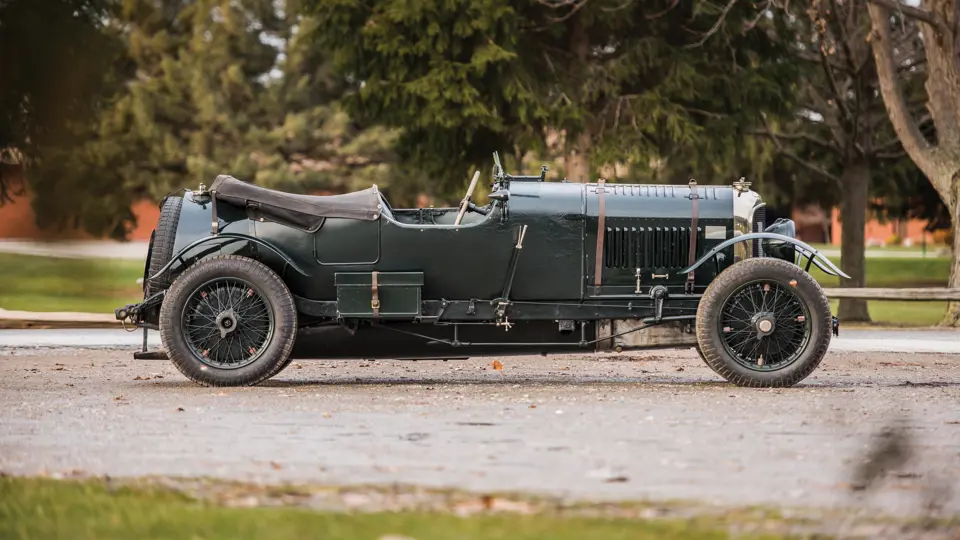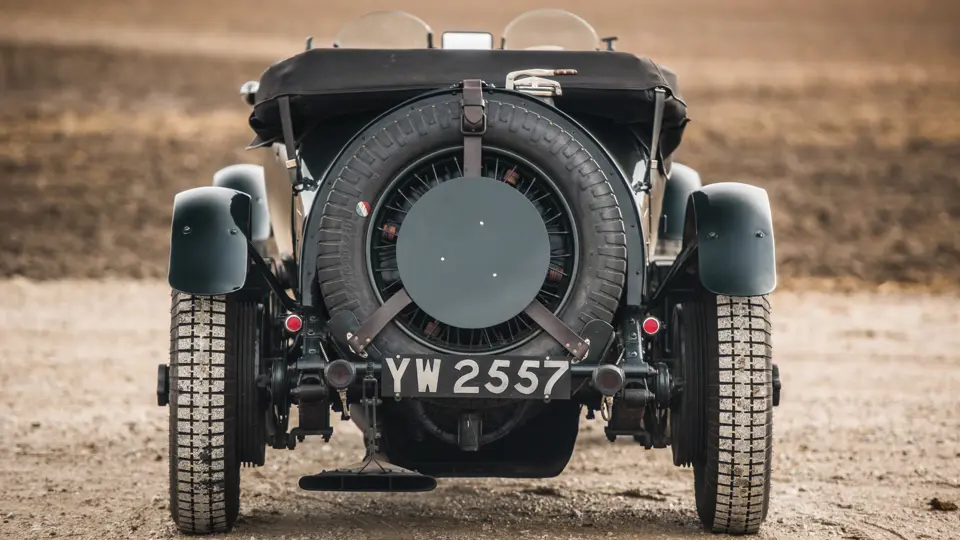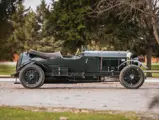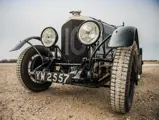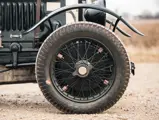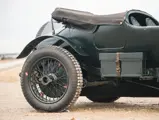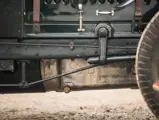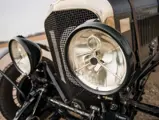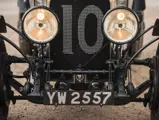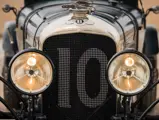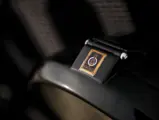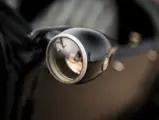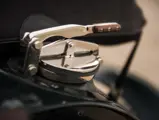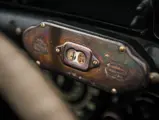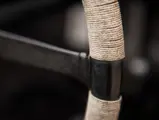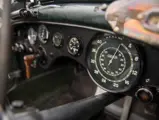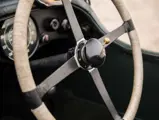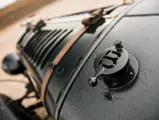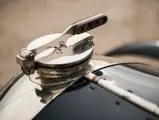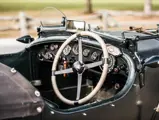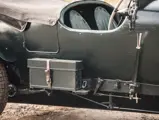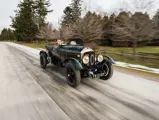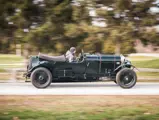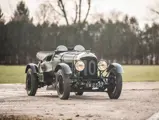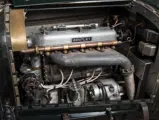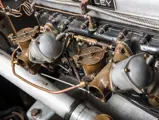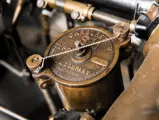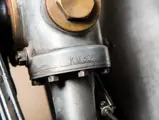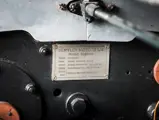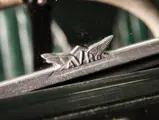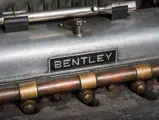
1928 Bentley 4½-Litre Le Mans Sports "The Bobtail" by Vanden Plas
{{lr.item.text}}
$6,500,000 - $7,500,000 USD | Not Sold
{{bidding.lot.reserveStatusFormatted}}
- “The Bobtail,” one of the most significant and correct Works Bentleys extant
- Built for the 1928 Bentley Works season
- Two-time factory Le Mans entrant, including podium finish in 1929
- 2nd place at the 1929 JCC Double Twelve
- Driven by such famous “Bentley Boys” as Sammy Davis, Frank Clement, and Dudley Benjafield
- Includes detailed historical account by noted marque historian, Dr. Clare Hay
Est. 150 bhp, 4,398 cc SOHC inline four-cylinder engine with two SU “sloper” carburetors, four-speed manual “D”-type transmission, semi-elliptical leaf-spring suspension with shock absorbers, and four-wheel mechanical drum brakes. Wheelbase: 130 in.
BENTLEY BESTS LE MANS
Coming to the realization that his 3-Litre car was just not fast enough for international competition, W.O. Bentley set about producing a larger-engined vehicle that could be easily modified to compete in the most important international race of the era: the 24 Hours of Le Mans.
Only slightly modifying the chassis of the 3-Litre, the real emphasis was put into the engine. The bore was increased to 100 millimeters, and the stroke reduced to 140 millimeters, creating a cubic capacity of 4,398-cubic centimeters, a nearly 1,500-cubic centimeter increase from the previous model. Twin SU “sloper” carburetors were added, with ignition controlled by two ML GR4 magnetos.
After an excruciating victory at the 1927 Le Mans, Bentley prepared for the 1928 season with renewed energy. Three cars were prepared in secrecy in a new Racing Shop close to the Vanden Plas’ Works, the second of those being chassis KM3088, fitted with engine MF3175. After being built by the Chassis Shop, KM3088 was sent on to the Racing Shop to be outfitted with the special racing modifications and newly designed body. These modifications included non-self-wrapping front brakes, additional shock absorbers, and the new single-plate clutch. The engines were tuned to enable speedy pit stops, with a reserve oil tank controlled by a driver-operated tap on the nearside of the car allowing for the required 20 laps between fluid replenishments.
The body was built by Vanden Plas, a firm with roots in the aircraft industry, with long experience building coachwork for racing Bentleys. The surviving build record gives little information, instead noting the specification as “job 1477,” referring to KM3088’s sister car, KM3077. The new design was created specifically to meet with the strict regulations of the Le Mans race; a four-seater with a short and rounded back, a near-vertical spare wheel, and the “bobtail” cowling, which gives the model its nickname. The windscreen was wire-mesh, and an extra “Cyclops” Marchal headlamp was fitted to give better vision during the long hours of night driving. Finished in green fabric with matching Parson’s Napier Green paintwork and upholstery, the Vanden Plas record shows that the body was completed on 25 May 1928, allowing Bentley plenty of time for testing before Le Mans.
RACING WITH THE BENTLEY BOYS
Entered in a team of three 4½-Litres for the 1928 Le Mans, KM3088 was allocated race #2 and driven by well-known Bentley drivers Frank Clement and Dr. J. Dudley “Benjy” Benjafield. The race was off to an astounding start for Bentley, as The Motor notes “Clement, on his very first lap, had beaten all existing records for the course . . . averaging 72.7 mph from a standing start!” Several hours in, #2 led the race, with a second Bentley not far behind.
Disaster would strike for the Bobtail as dawn approached – a loose water pipe emptied the radiator, resulting in extreme overheating. The culprit was a cracked chassis frame, causing the vehicle to sit unevenly and misalign. Clement could do nothing more than drive the car into the dead-car park, and hope that the other two Bentleys held on for the remaining hours. In the end, an overheating “Old Mother Gun” limped to a 1st place finish.
Post-Le Mans, KM3088 was repaired by Bentley Motors, though it is uncertain whether an entirely new chassis frame was fitted. After a run at the 1928 Shelsley Walsh, coming in 3rd, the 4½-Litre was advertised in The Motor on 21 August, and sold to “Bentley Boy” Sir Ronald Gunter, who maintained KM3088 at the Racing Shop until February 1930.
The 1929 season saw KM3088’s finest moment with its inclusion as a Works entry in the brand-new JCC Double Twelve. Driven by Sammy Davis and Gunter as #6, the Bobtail was firmly in 2nd place by the third hour, battling against the Alfa Romeos. With the early retirement of the Works Six Speed, it was up to Davis and Gunter to bring home the win for Bentley. As the second day dawned, all eyes were locked on the fight between KM3088 and the Alfa 6C 1500 driven by Giulio Ramponi. Pushing the car to its limit, Davis drove at a staggering 90 mph just behind the leading Alfa, slipping around the turns on the wet track. Despite giving it his all, Davis finished just behind the Alfa; handicap records show a margin of just 0.003.
The hard battle of the Double Twelve showed itself later that season, when KM3088 was entered last minute in the 1929 Le Mans, driven by Benjafield and Baron André d’Erlanger, now dressed as #10. During the race, problems arose with the battery, water pump, and lights. Indeed the front brakes were so worn that the mechanics were forced to disconnect them entirely – a decision which led to Benjafield not returning the vehicle to d’Erlanger for the final push. In the end, however, Bentley crossed the line with a historic 1-2-3-4 finish, with KM3088 finishing 3rd amongst the pack, despite its mechanical problems. For the third year running, Bentley proved its status as the best motor vehicle manufacturer in the world, and the Bobtail was a major player in the feat.
THE BOBTAIL
After its second grueling outing at Le Mans, KM3088 was sent to Kensington Moir’s showroom, and sold in the first half of 1930 to Lauchlan Rose. Rose wrote two articles for the Bentley Drivers Club Review detailing his early ownership, which included the fitting of the new “D”-type gearbox in September 1930, along with his change to a glass windscreen. At the end of 1933, Rose passed the 4½-Litre to then-RAF Ground Instructor Lewis Rivers Oldmeadow, a decision Rose regretted immediately. Oldmeadow maintained the Bentley as it was, except for the fitting of a new steering wheel. As he reports in a September 1944 Motor Sport article, the war caused him to sell in 1939, and KM3088 fell out of sight. The last maintenance reported on the Service Report is a new throttle cable, fitted January 1939.
In a miraculous twist of fate, KM3088 was discovered after the war by none other than Lauchlan Rose. He records his first sighting of his beloved car in a September 1949 article in the BDC Review, noting the poor state of his once pristine motor car. “The car nearly brought tears to our eyes. It was evident that she had spent much of the war in some damp place, as mildew and rust could be seen in various corners.”
Dr. Clare Hay, in her initial report of KM3088, queries as to whether it was during this time when the engine was tampered with—producing the odd stamping now seen. Though thought to be original for many decades, the crankcase was discovered to be stamped with MF8175, not the original MF3175, upon the removal of an earth strap during the later restoration. Hay does note that the cylinder block looks to be the original racing block, complete with the RAC scrutineering stamp.
Rose set about rescuing KM3088 and commissioned a restoration by Bill Shortt, with further work by Tony Townshend’s Elmdown Engineering returning the Bobtail to its original Le Mans glory. The Bentley remained with the Rose family for another 25 years, until passing to noted pre-war collector Bill Lake. KM3088 was in good company, as Lake also owned GF 8507, the Six Speed team car. Upon his passing in 2004, Lake’s son sold the Bobtail. The new owner undertook a preservative restoration by VBE Restoration to return the historic specification of the Bentley. Invoices for this work are maintained in the history file and show the incredible amount of detail and time that was committed to this project.
The Bobtail was acquired by the current owner in 2012 and has been beautifully maintained, having been recently described as “like going back in time.” It shows the proper patina of its age and significance, as neither restoration detracted from its original beauty.
As one of precious few Bentley Le Mans Works Team cars, and one of even fewer with such a prestigious race record, KM3088 would certainly be the prized possession of any important collection the world over. The chance to buy such a car does not present itself often and certainly should not be taken lightly. It is, quite simply, one of the most authentic and storied Works Bentleys in existence – known and beloved to enthusiasts worldwide as “The Bobtail.”





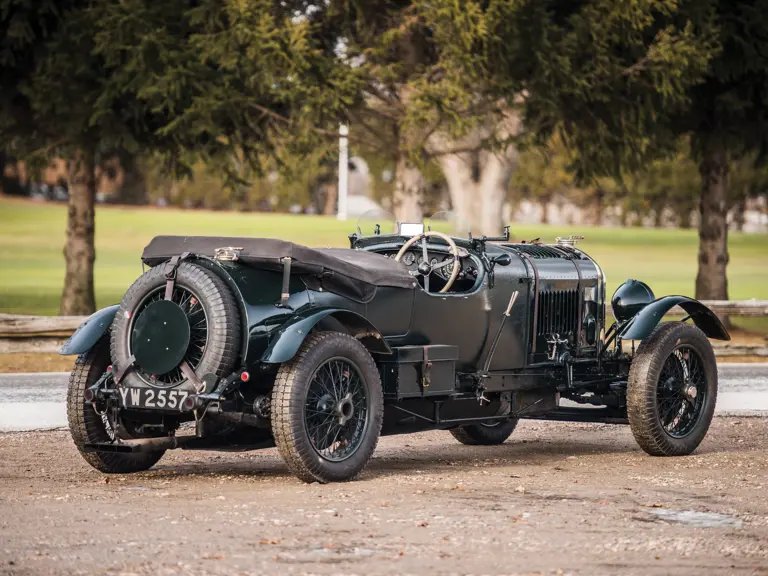
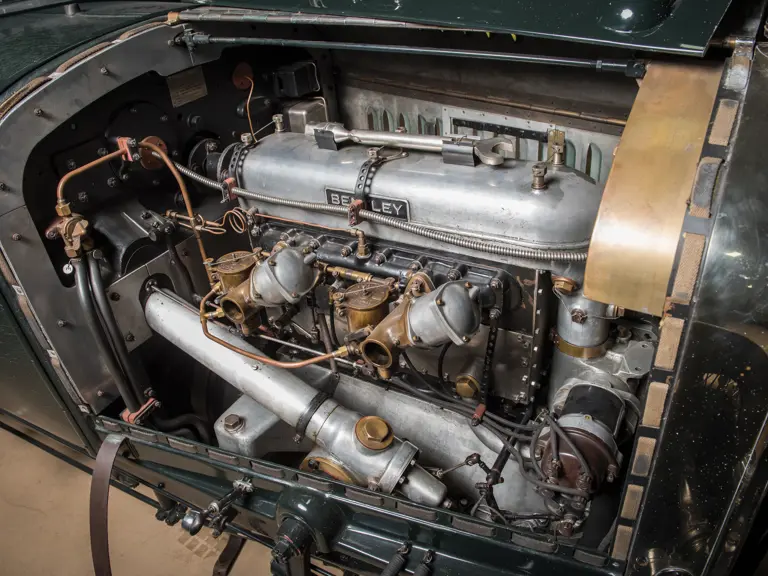
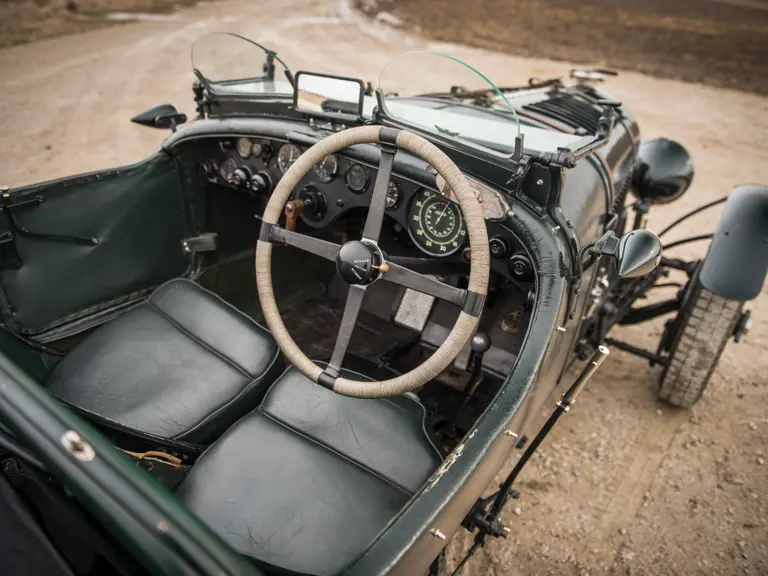
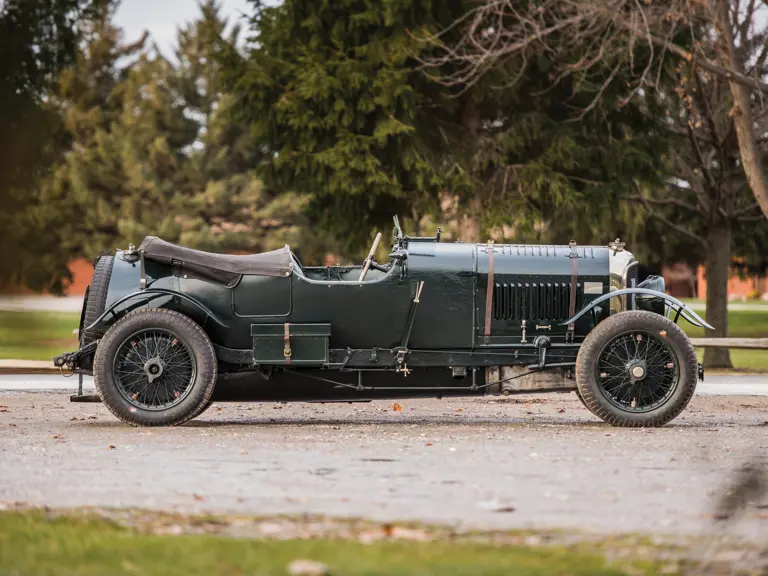
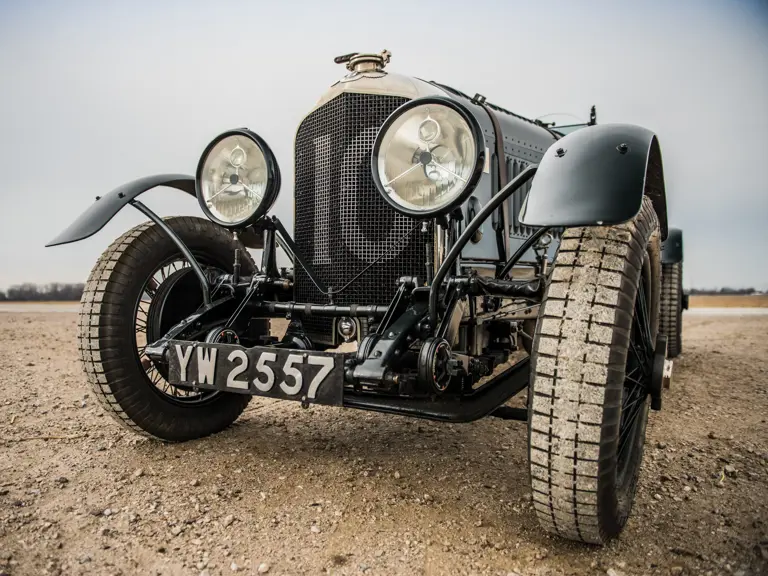
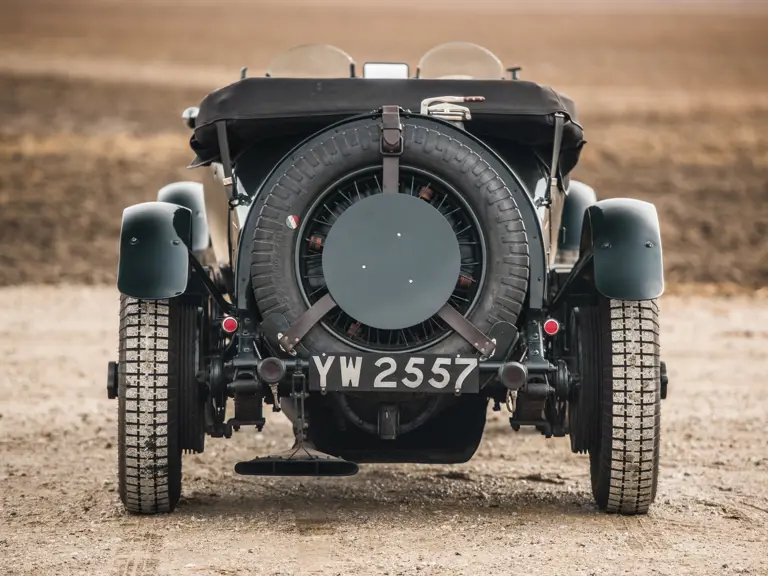
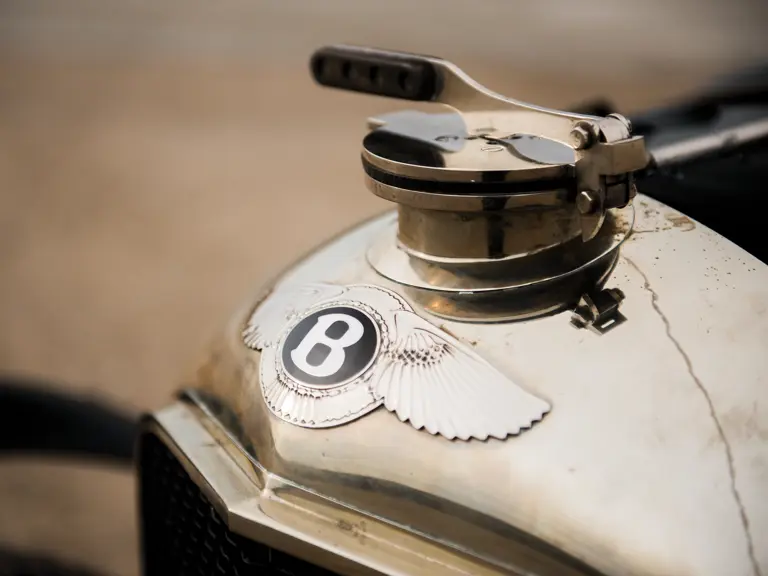
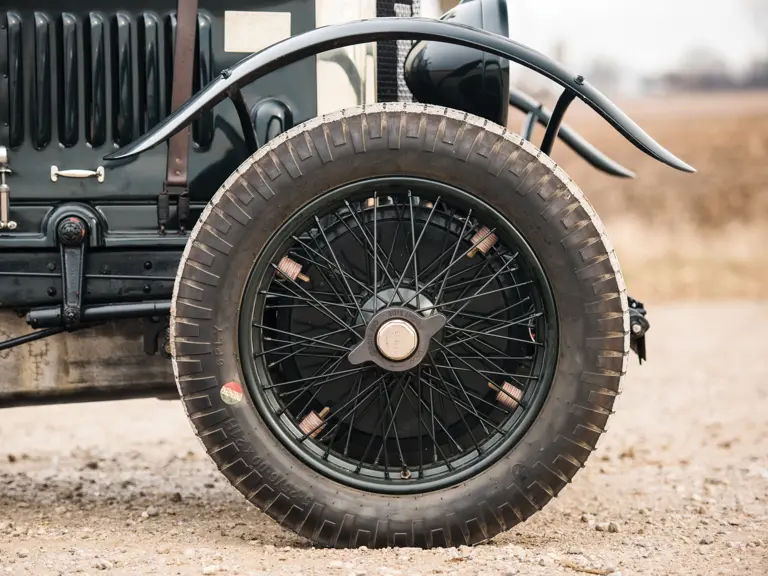
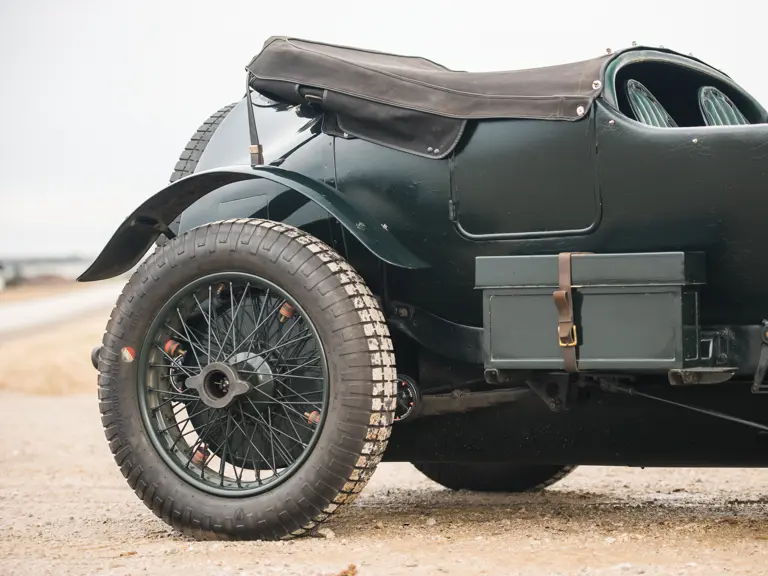
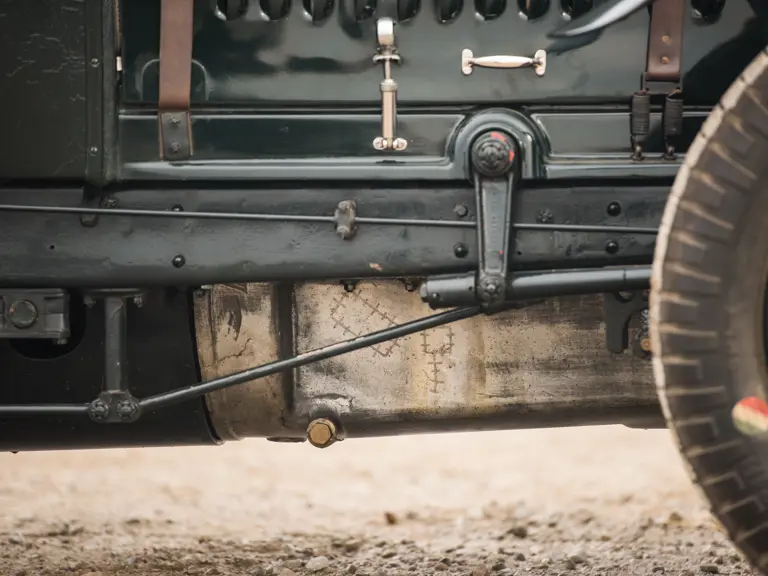
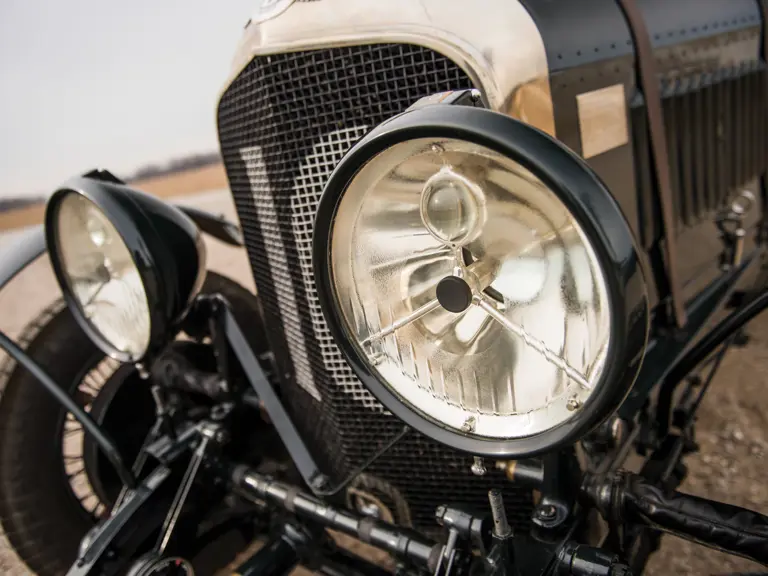
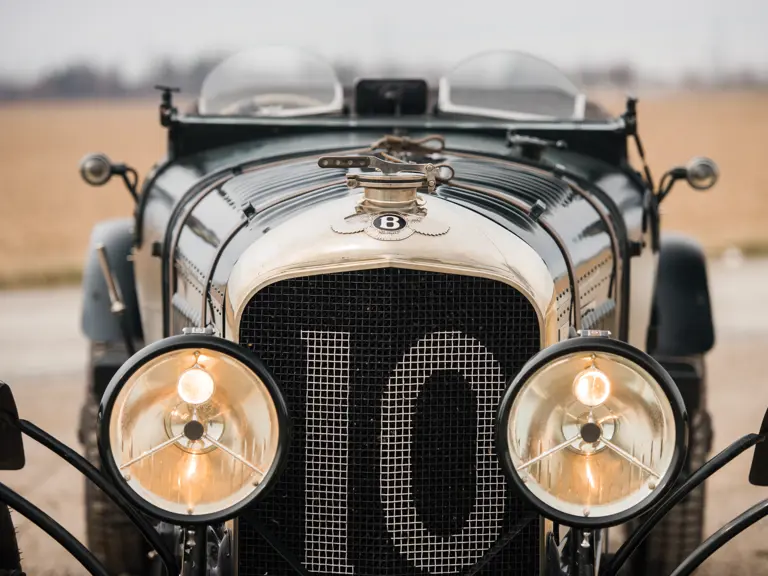

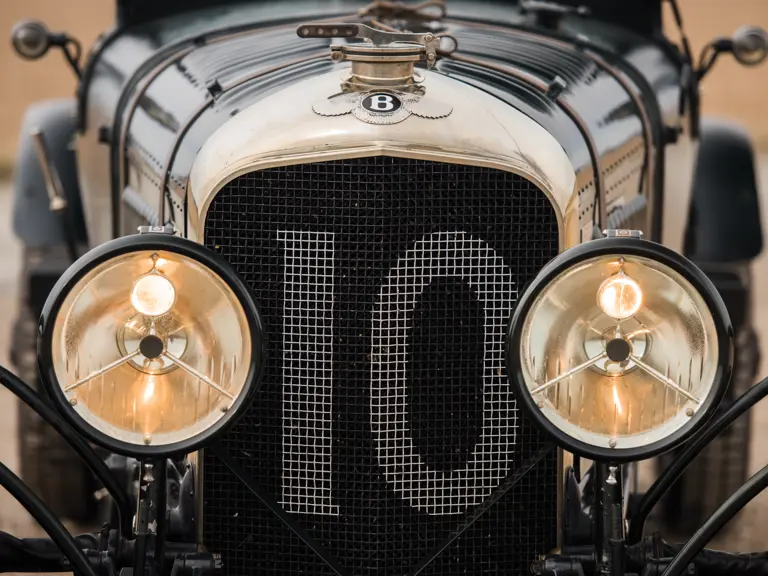

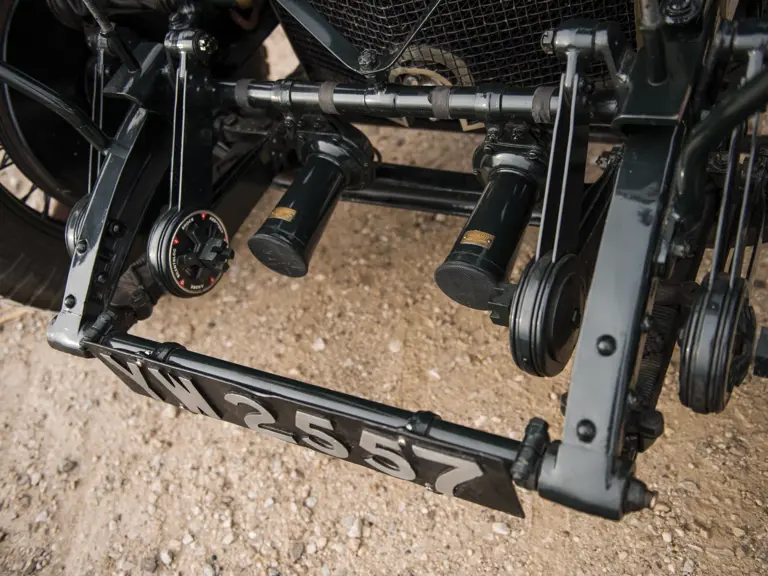
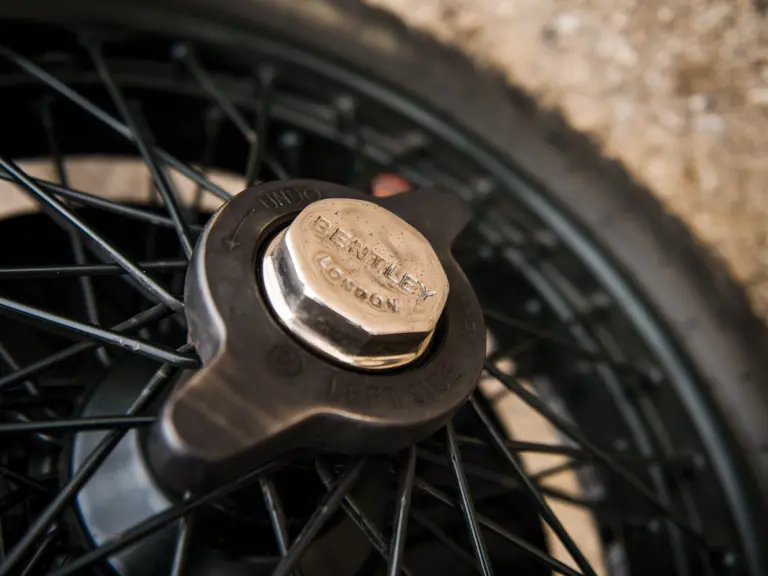
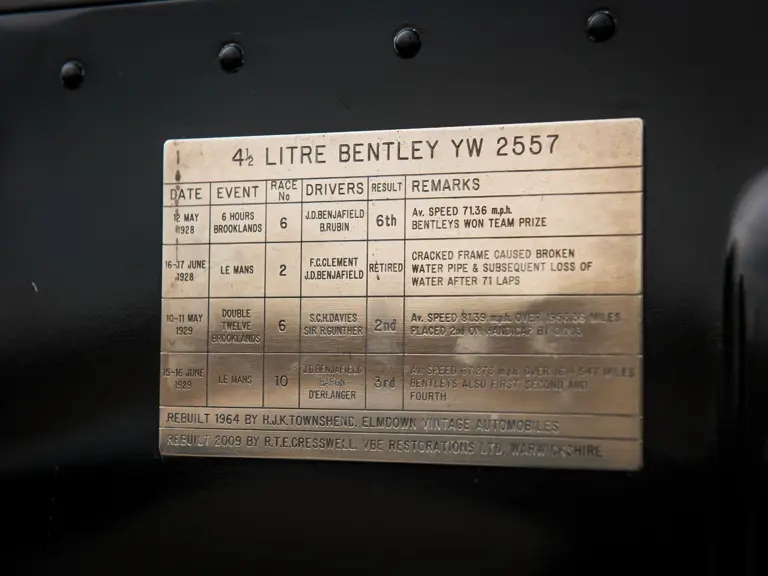
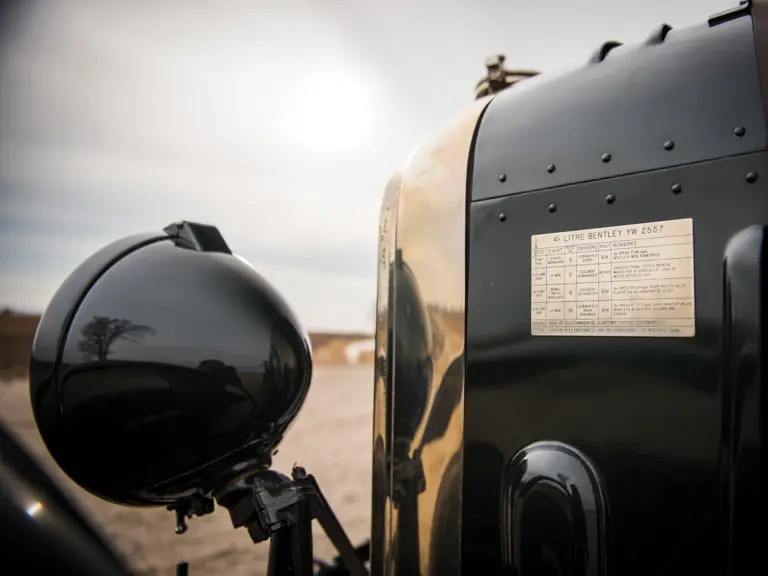
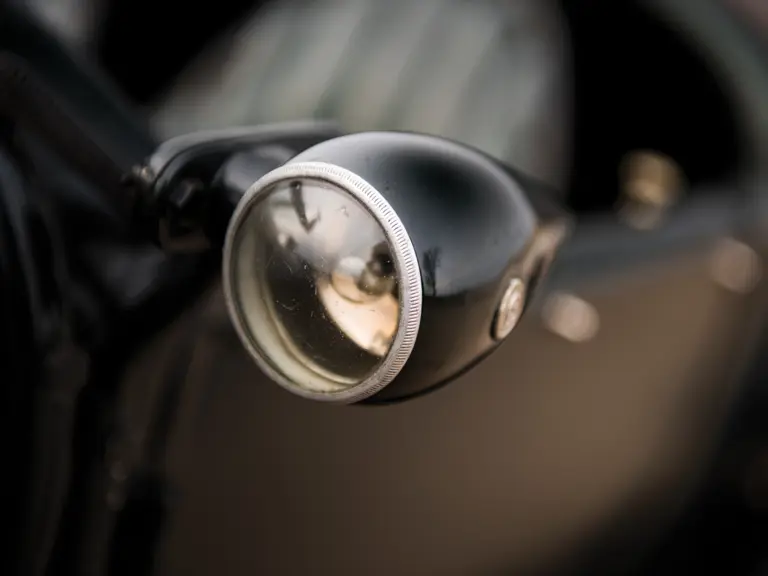
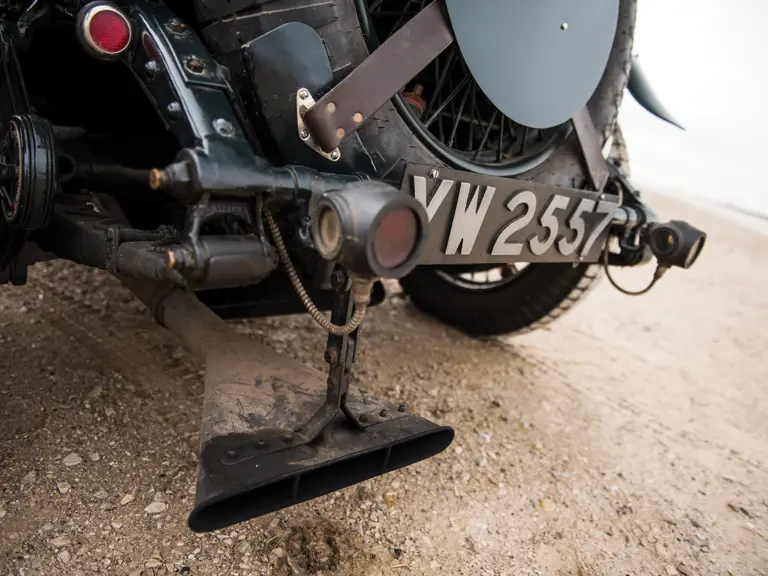
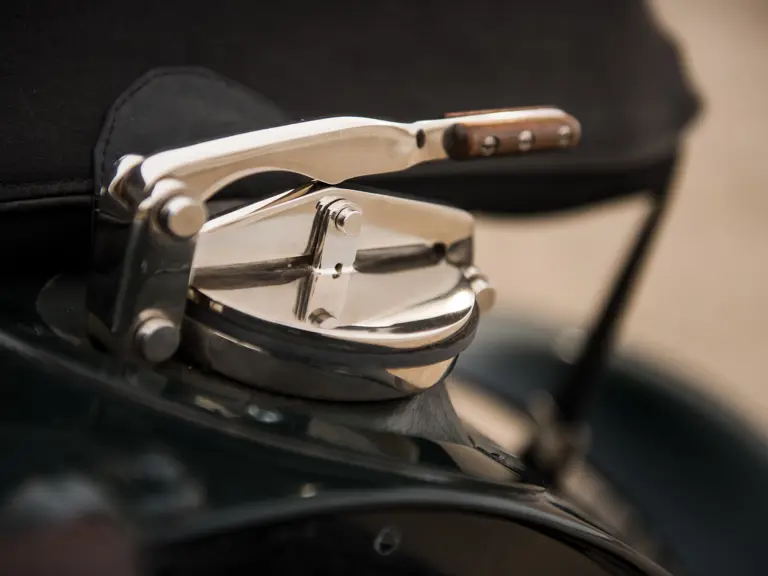
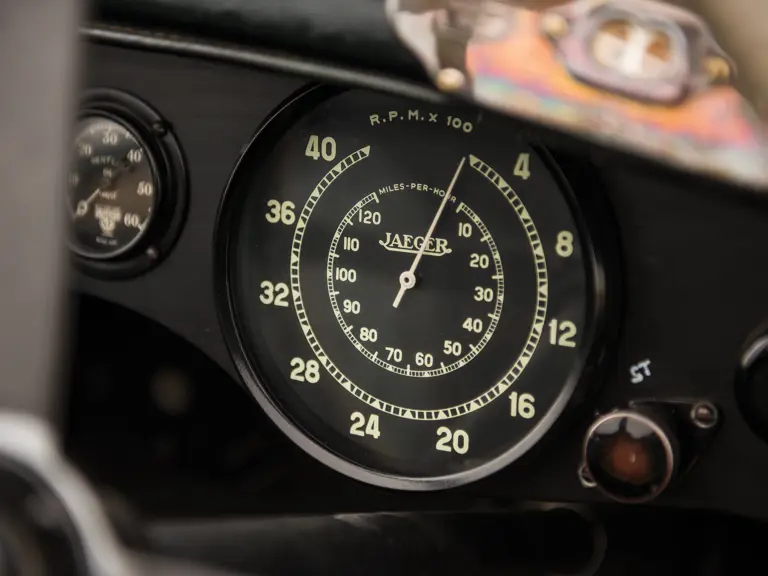


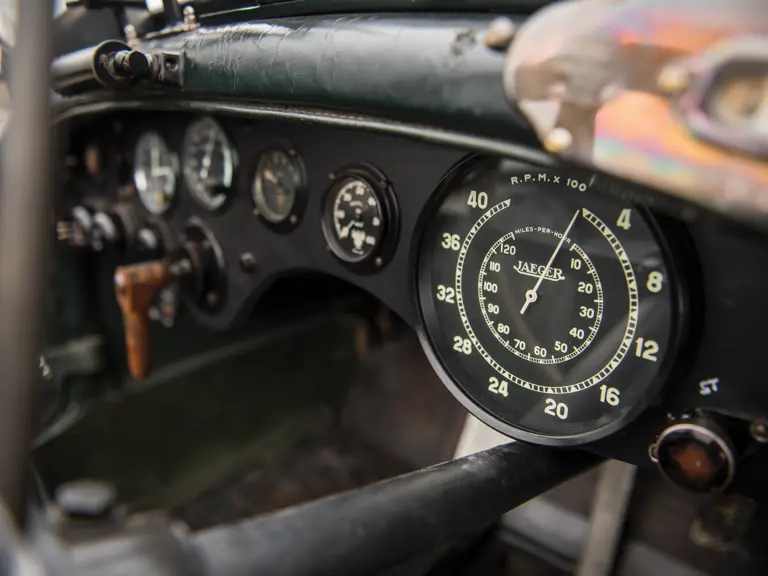
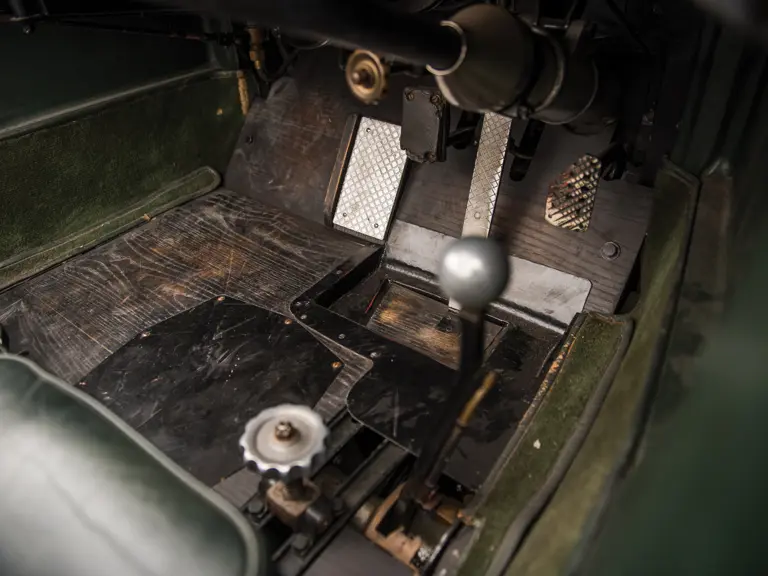
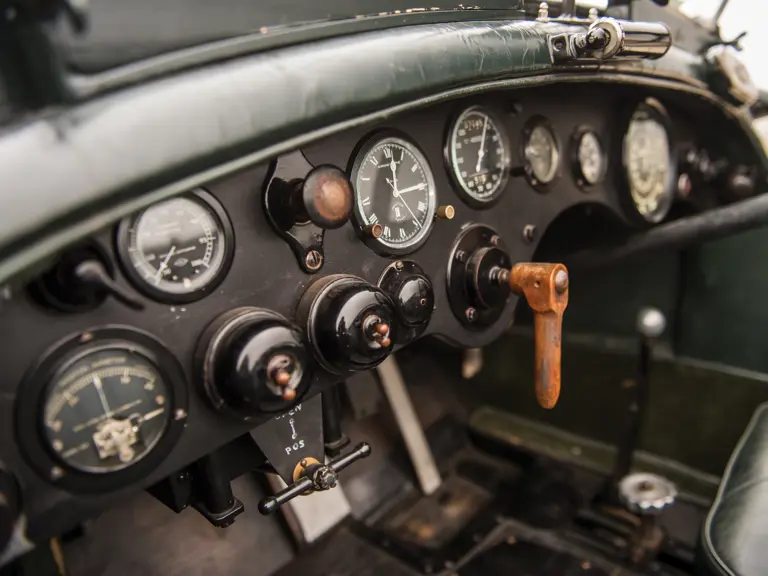
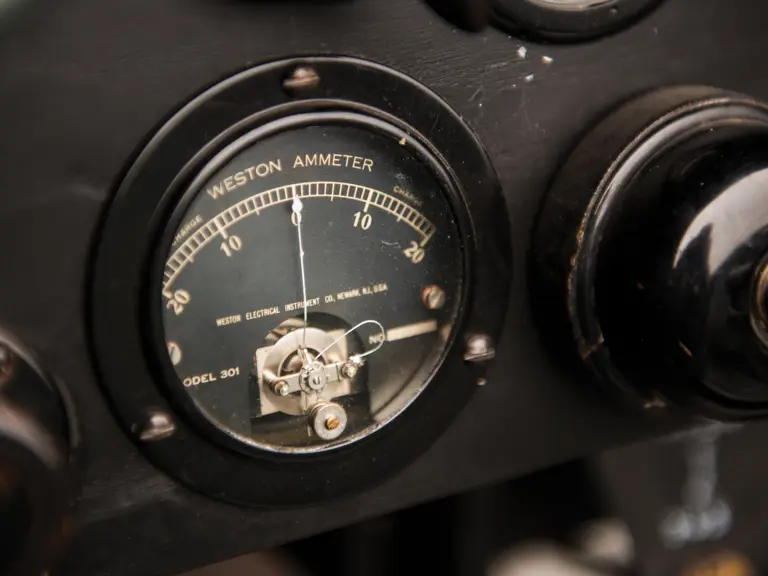
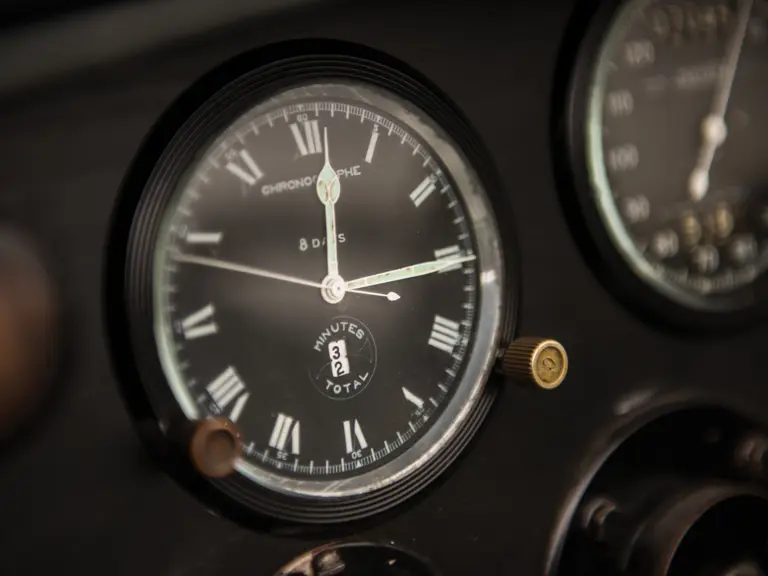
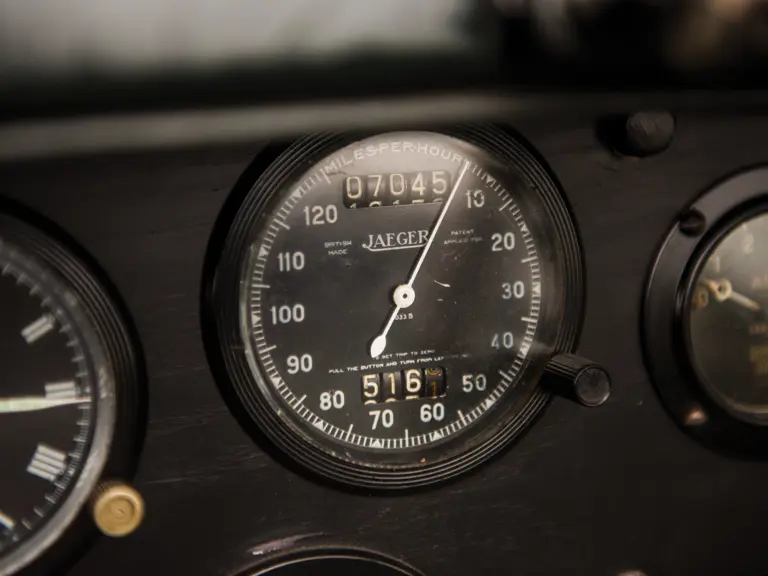
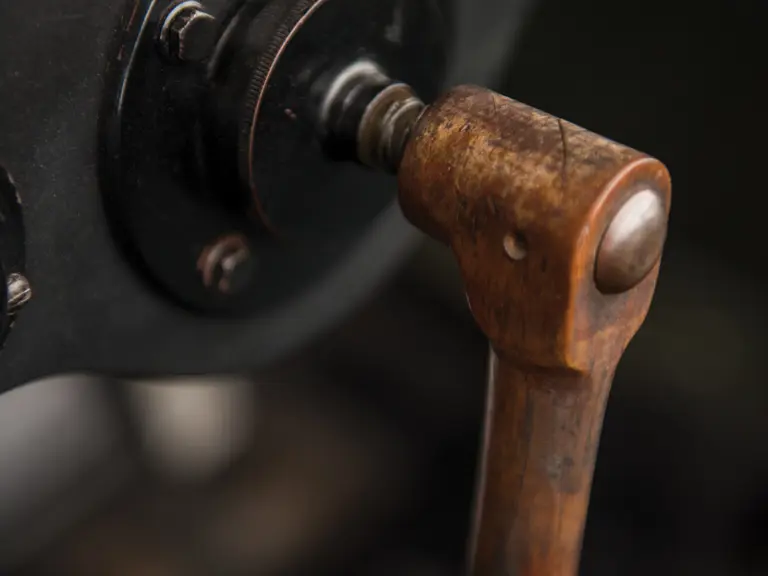

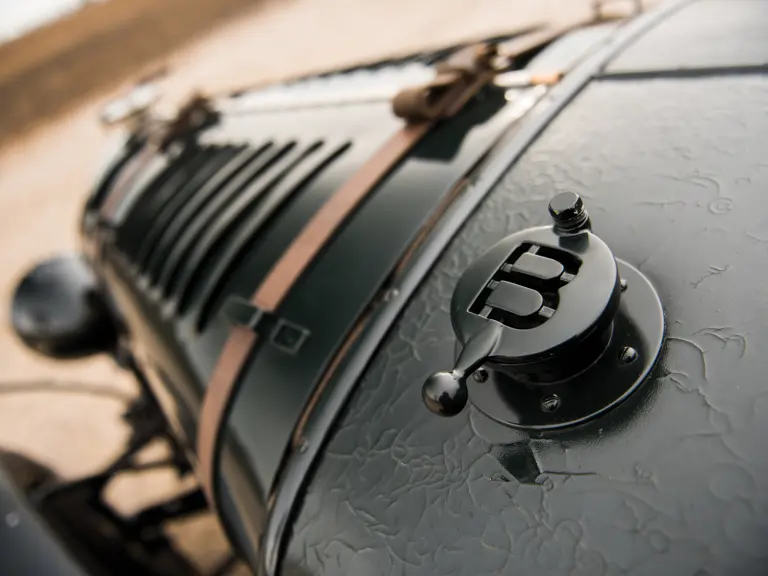
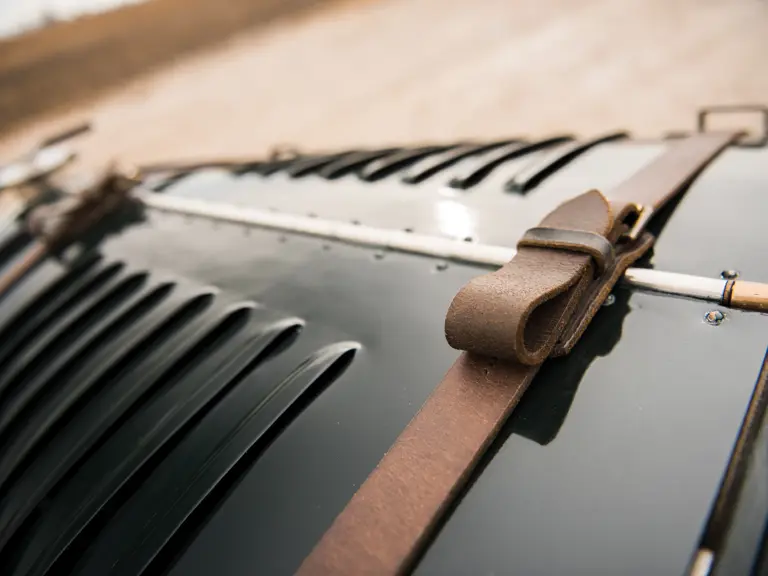
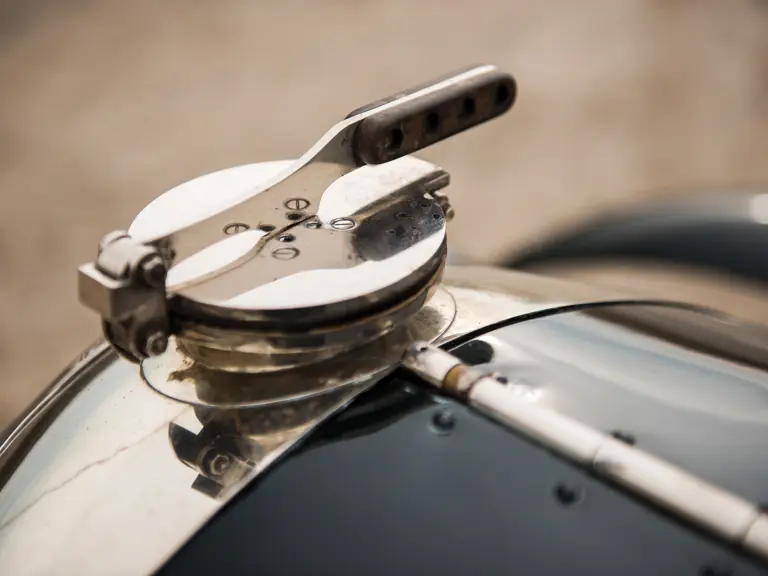
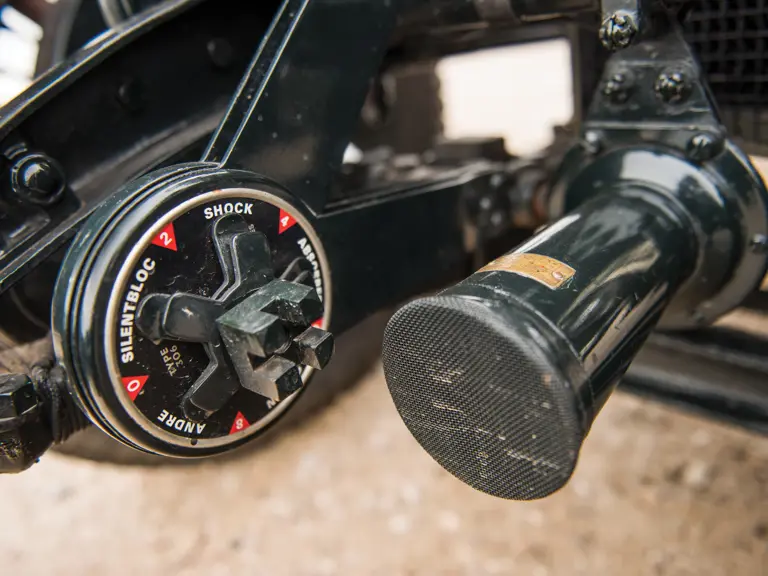
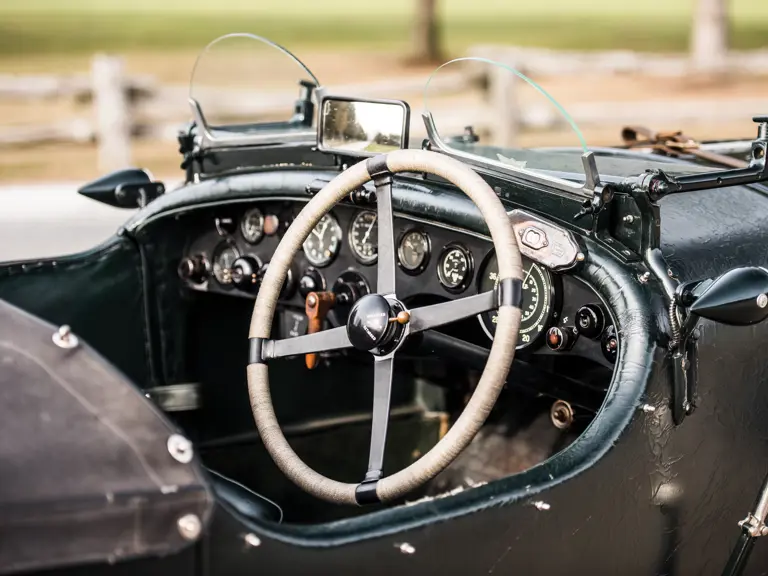

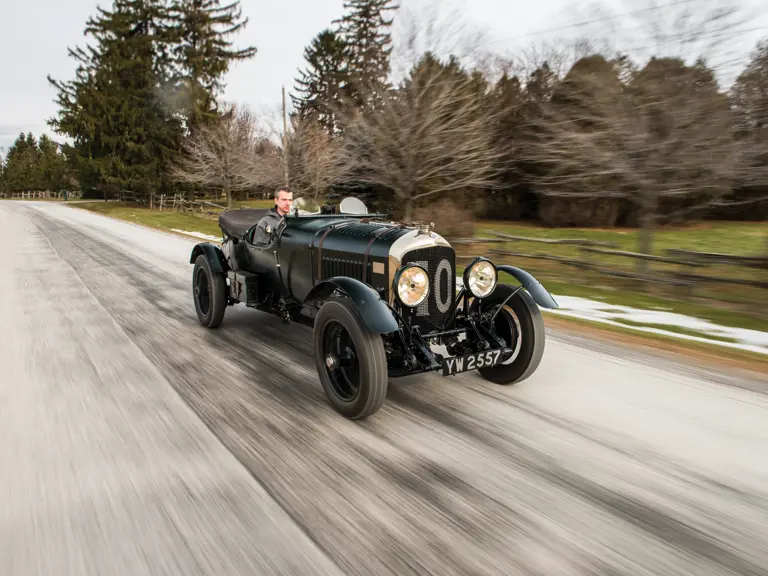
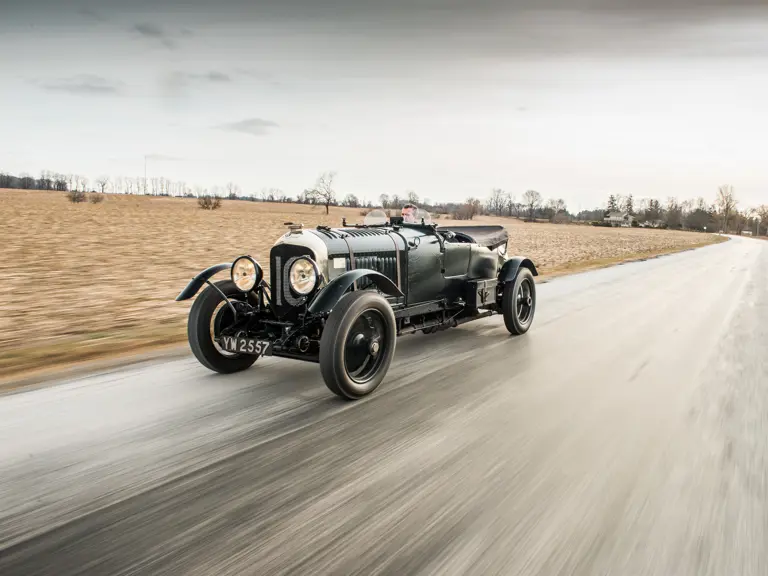
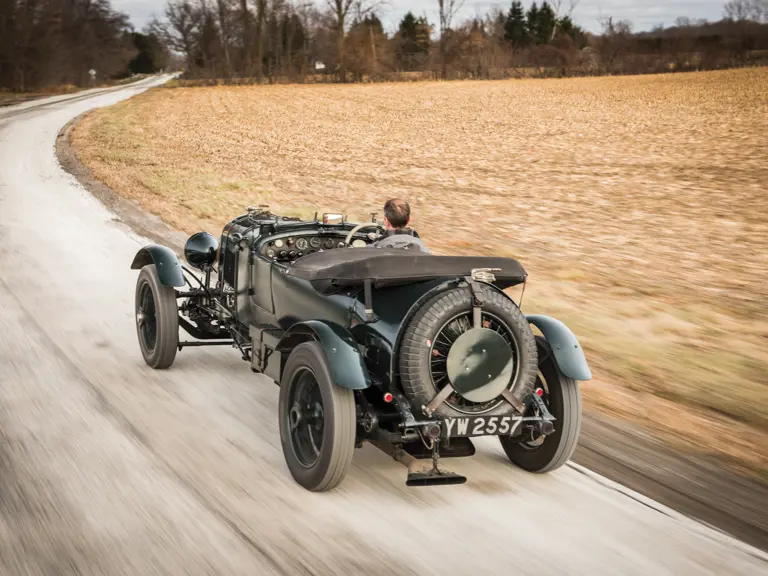

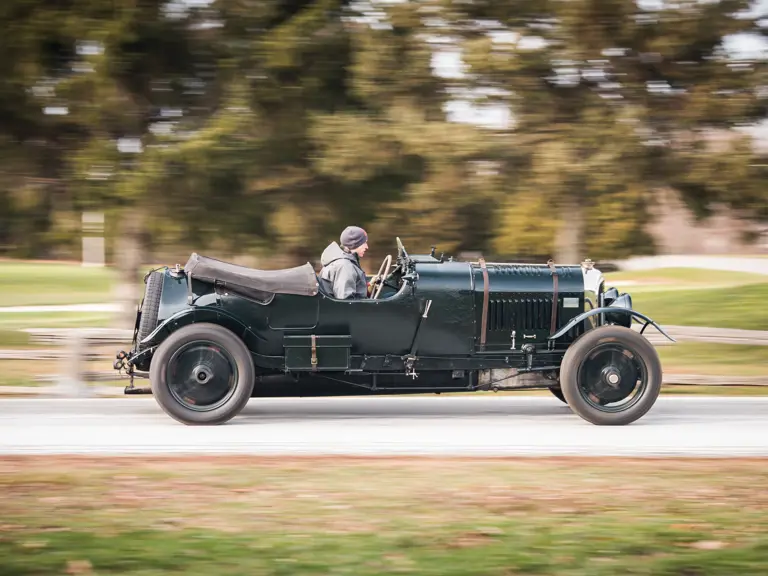

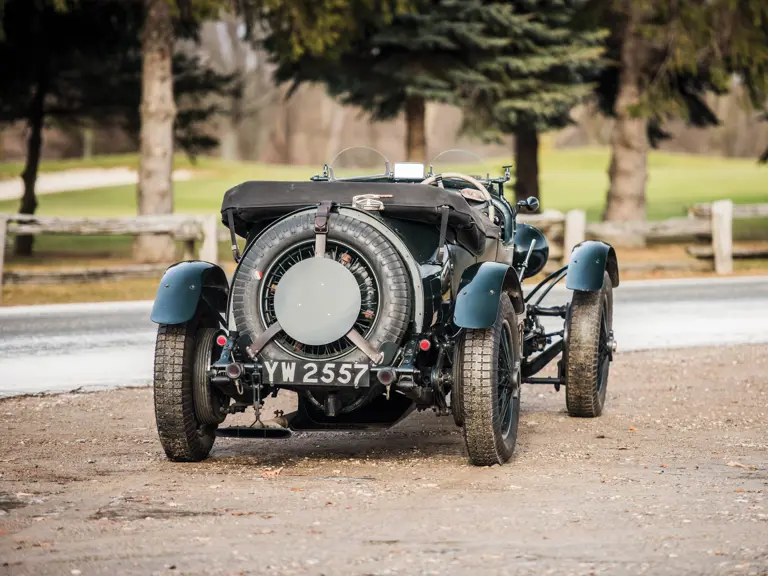
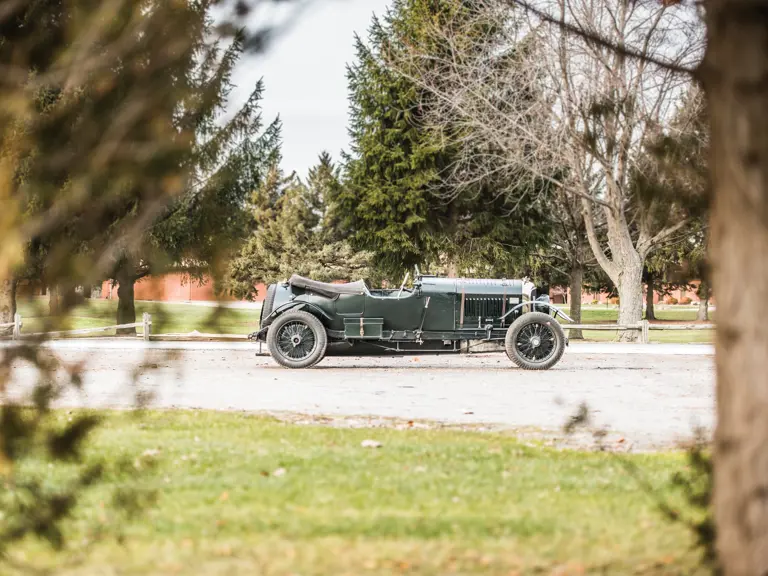
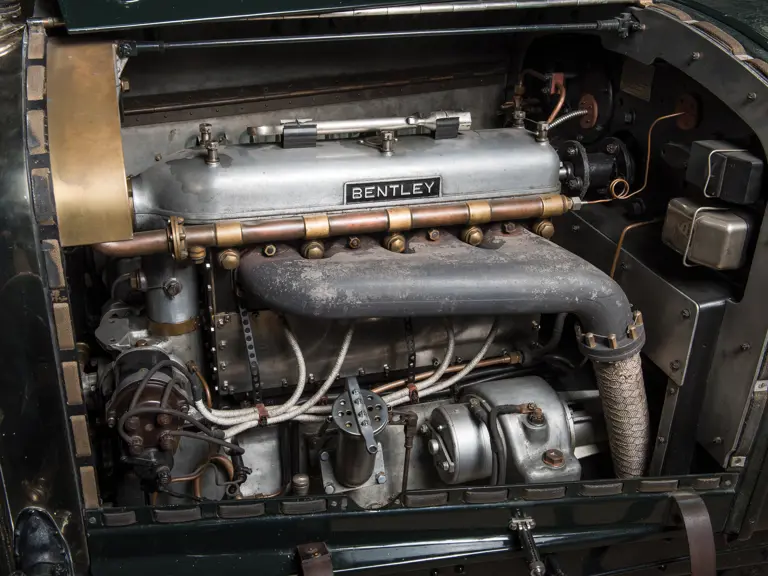
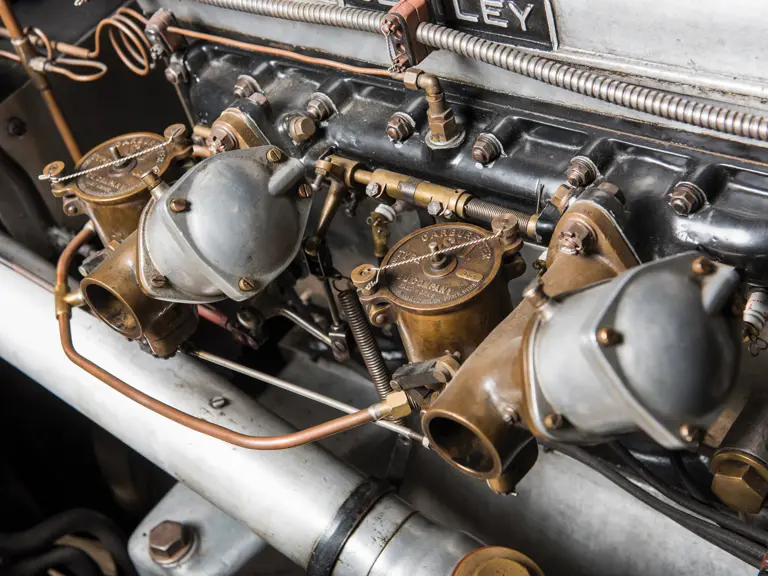
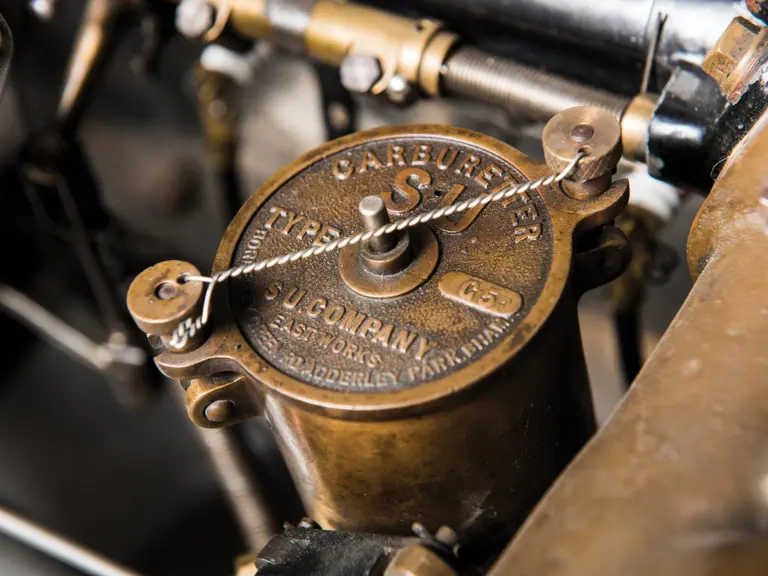

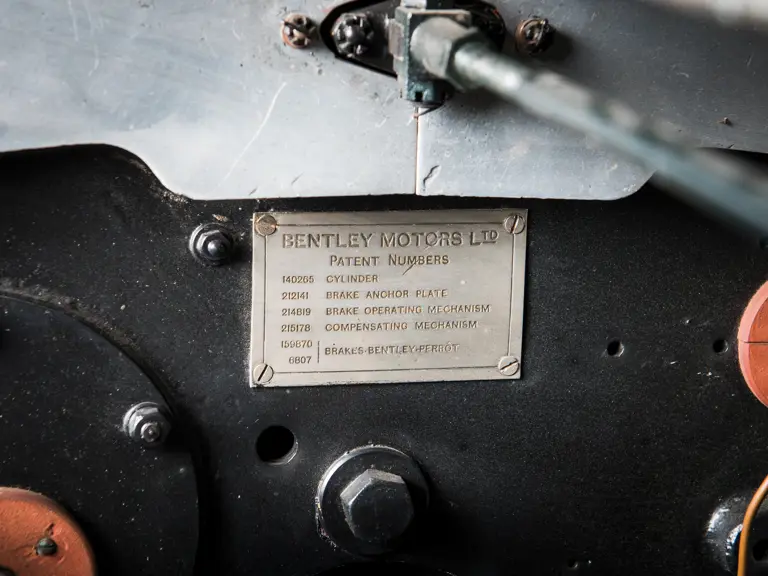
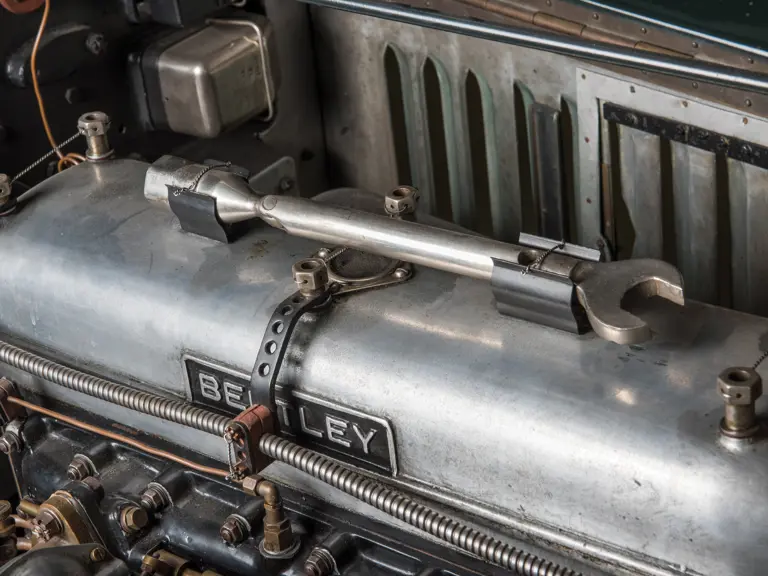
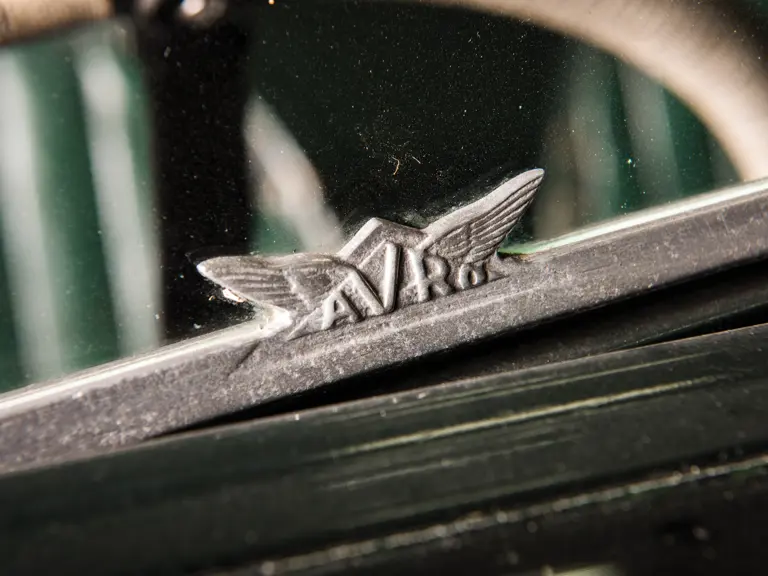
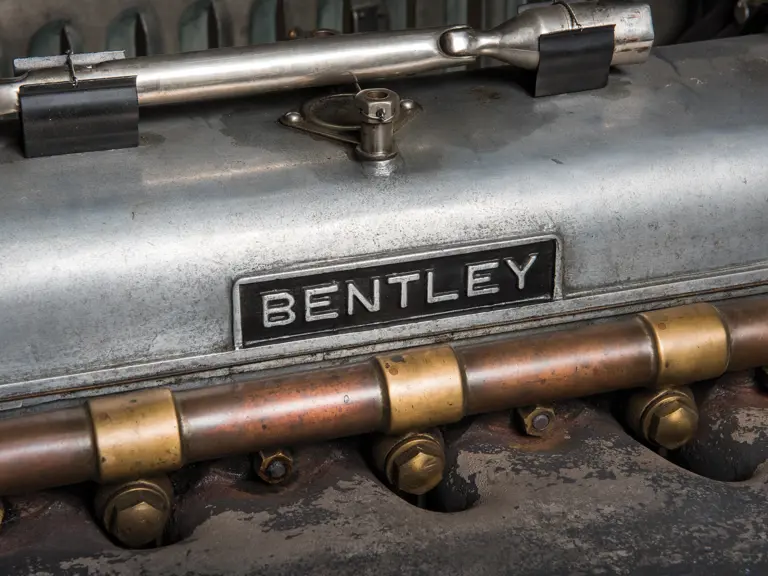
 | Amelia Island, Florida
| Amelia Island, Florida
